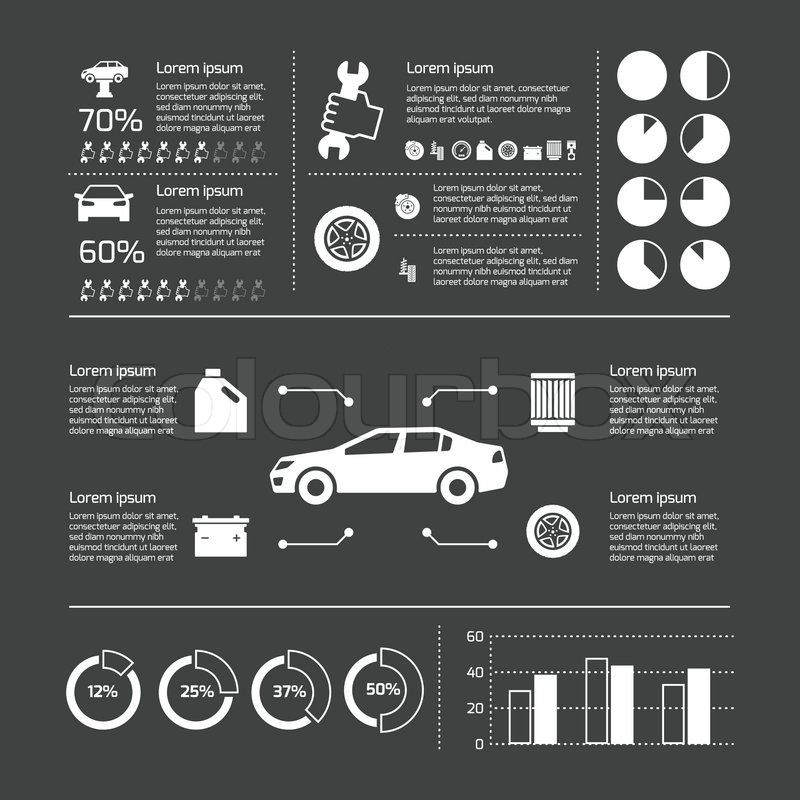Translating Your Vehicle'S Warning Indicators: What They Genuinely Represent
Translating Your Vehicle'S Warning Indicators: What They Genuinely Represent
Blog Article
Composed By-Sykes Shepherd
When you lag the wheel, those beautiful caution lights on your control panel can be a bit difficult. Do you know what they're attempting to tell you concerning your auto's health? Recognizing the significance of these lights is essential for your security and the long life of your vehicle. So, the next time one of those lights appears, wouldn't you wish to decipher its message precisely and take the essential steps to resolve it?
Common Warning Lighting and Interpretations
Identify typical caution lights in your auto and recognize their significances to guarantee secure driving.
One of the most typical warning lights include the check engine light, which indicates concerns with the engine or exhausts system. If this light begins, it's vital to have your lorry inspected promptly.
The oil pressure cautioning light shows reduced oil stress, calling for instant attention to prevent engine damage.
A flashing battery light might suggest a faulty billing system, possibly leaving you stranded if not dealt with.
The tire pressure monitoring system (TPMS) light informs you to reduced tire stress, impacting automobile security and fuel effectiveness. Overlooking this might result in hazardous driving conditions.
The abdominal light indicates an issue with the anti-lock stopping system, endangering your ability to stop swiftly in emergency situations.
Lastly, the coolant temperature level warning light warns of engine getting too hot, which can result in severe damages if not solved swiftly.
Understanding these typical caution lights will certainly aid you address issues immediately and keep risk-free driving problems.
Significance of Prompt Attention
Understanding the usual caution lights in your automobile is just the initial step; the relevance of promptly dealing with these warnings can not be highlighted enough to ensure your safety and security when driving.
When a caution light brightens on your dashboard, it's your vehicle's method of connecting a potential concern that requires interest. Neglecting these cautions can lead to a lot more serious problems later on, jeopardizing your safety and possibly costing you a lot more in repairs.
Trigger attention to advising lights can avoid breakdowns and mishaps. As an example, a flashing check engine light might indicate a misfire that, if left ignored, can trigger damage to the catalytic converter. Resolving this promptly can conserve you from an expensive repair work.
Likewise, a brake system alerting light might signal low brake liquid or used brake pads, essential parts for your safety when driving.
Do It Yourself Troubleshooting Tips
If you notice a caution light on your dashboard, there are a couple of do it yourself fixing pointers you can try prior to looking for specialist assistance.
paint correction is to consult your auto's guidebook to comprehend what the specific warning light shows. In why not look here can be as easy as a loosened gas cap causing the check engine light. Tightening up the gas cap may deal with the problem.
One more usual problem is a low battery, which can set off various warning lights. Checking the battery links for rust and guaranteeing they're safe may take care of the issue.
If a caution light lingers, you can try resetting it by disconnecting the auto's battery for a couple of mins and after that reconnecting it. Furthermore, examining your car's liquid levels, such as oil, coolant, and brake fluid, can assist troubleshoot advising lights related to these systems.
Conclusion
To conclude, understanding your cars and truck's caution lights is crucial for keeping your vehicle running efficiently and securely. By promptly addressing these alerts and understanding what they mean, you can avoid pricey repair services and prospective breakdowns.
Remember to consult your vehicle's manual for particular information on each advising light and do something about it as necessary to ensure a trouble-free driving experience.
Keep educated, stay safe when driving!
